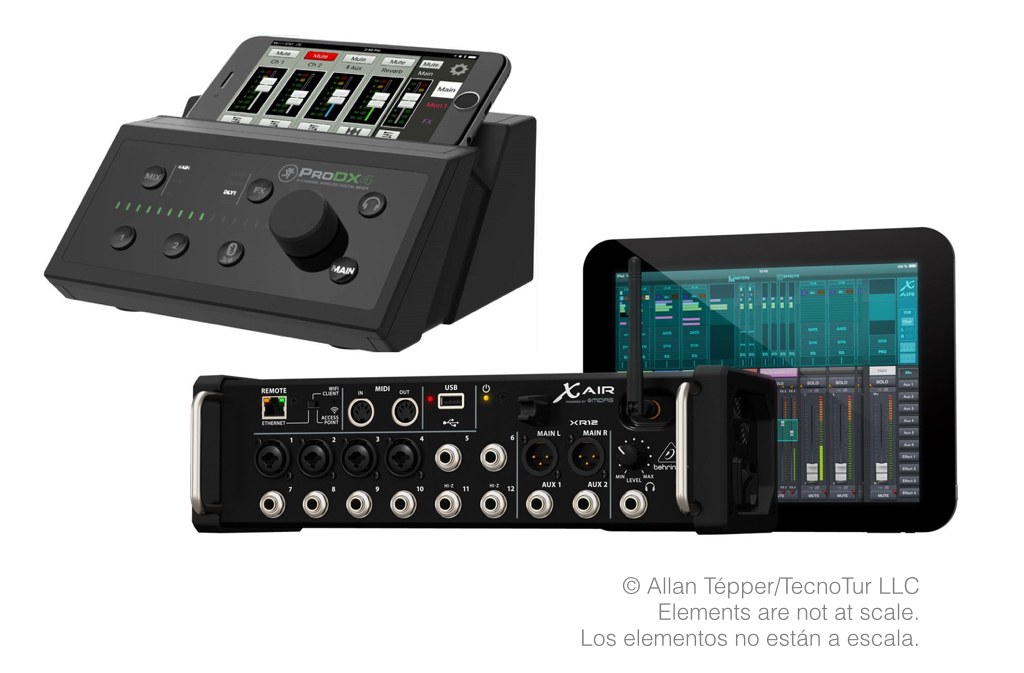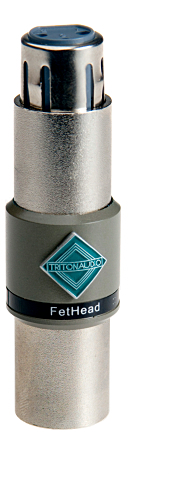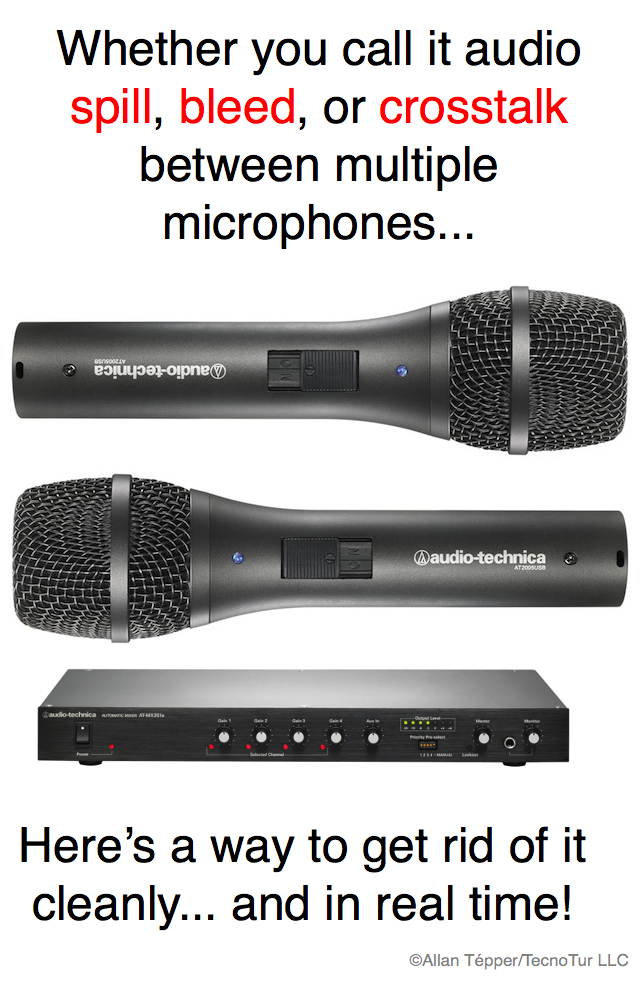
Thanks to two colleagues, I have become aware of inexpensive wireless audio mixer offerings from Behringer/Midas & Mackie. Alex Lindsay told me about the former, and Melvin Rivera Velázquez the latter. Both offerings eliminate nearly all onboard controls in favor of controlling remotely from an Android or iOS device, and one also allows controlling from Mac or Windows. The offerings are so similar… yet so different, in features, wireless technology and preamp performance.
Similarities
Both offerings include a given number of balanced microphone inputs via combo sockets (XLR combined with TRS balanced 1/4”), and both offer at least one line level input. Both are designed to reduce cost and complexity while allowing you the freedom to control the mix and other features remotely from your smartphone or tablet.
Differences
The available analog gain of one of the two offerings (Behringer/Midas) is much higher, and that one also offers optional 48-volt phantom power, either to use with condenser microphones that require it…

or to power a FetHead (shown above), which is an acclaimed pre-preamplifier for use with dynamic microphones that have very low output (i.e. ElectroVoice RE20, Heil PR40 or Shure SM7B). The word pre-preamplifier is not a typo. Its a preamp that is designed to go in front of another preamp.
Only the Behringer/Midas offerings include Dugan auto-mixing to reduce or eliminate crosstalk/bleed when using multiple microphones in the same location.
This is very similar to the function in the AT-MX351a automatic mixer from Audio-Technica (illustrated above) which I reviewed in this 2014 article.
Above, Mackie ProDX4 (under US$200)
Only the Mackie offerings include a virtual cart machine from the same Android or iOS device used to control the mixer remotely via Bluetooth 3.0.
Above, Behringer X AIR XR12 (under US$250)
Only the Behringer/Midas offerings include built-in a stereo recorder (just add a USB memory stick) and noise gates.
Comparison chart
*Yes, when desired, it is now possible to connect iOS and some Android devices via an Ethernet cable instead of WiFi using the appropriate adaptor,
Somewhat crippled WiFi
As I have covered in many prior articles, the old 2.4 GHz band of WiFi is both overcrowded and deceiving. Although the channels span from 1-11, we are only supposed to use three of them: channels 1, 6 and 11. That’s because there is co-channel interference between the others. I rarely find a spot in a city where any of those three channels are unoccupied, and that’s why I am a fan of 5 GHz WiFi. I am disappointed that Behringer did not include dual-band in the inboard router, and I am not the only one to make that comment. Fortunately, Ethernet is available with all of the Behringer X Air XR models, so we can connect an external dual-band 802.11ac router… or just a wired Ethernet cable to the phone, tablet or computer. The lack of 5 GHz WiFi is not a deal breaker, but I hope Behringer will add it in the future. FYI, the iPhone has had 5 GHz WiFi since the iPhone 5, and the last three Android phones I’ve owned have had it too. Although 802.11ac is relatively new, 802.11n with 5 GHz is not new at all.
Midas preamps changed Behringer’s market perception
In the past, Behringer had a deservedly terrible reputation for having poor preamplifiers in its mixers. That changed starting in 2010 when The Music Group (Behringer’s parent company) purchased Midas and Behringer began using Midas-designed preamps, which are known to be excellent.
Comparing preamps “on paper”
I am the first to admit that comparing preamps “on paper” could end up with quite different results than in real life. That’s why I am so interested in personally testing and reviewing one of each offerings from each brands. In the meantime, all we have are the difficult-to-find preamp specs I used to create the comparison chart you read above.
According to Behringer’s manual, the maximum available analog gain of the Behringer X AIR XR12 and Behringer X AIR XR16 is a decent +60 dB. On the other hand, according to Mackie’s manual for the ProDX4 and ProDX8, it’s a measly +25 dB.
Speculation: how Mackie can get away with such little analog gain in the ProDX models
Unlike talkshows produced by most of ProVideo Coalition readers, most of Mackie’s market are musicians who play instruments —or sing— quite loudly. In fact, Mackie’s parent company is LOUD Technologies. Another important market for Mackie is the worship market, where presenters also speak loudly as they project their voice to their congregation. In those cases, you can probably get away with such little available analog gain. However, with audio or video talk shows done without a live in-studio audience, presenters and interviewees generally speak at a somewhat lower level. Also, for video/television talkshows, phantom power is frequently required for lavalier microphones. As shown in the comparison chart, phantom power is present with the Behringer/Midas models, and absent from the Mackie models shown.
Initial conclusions
It is great to see innovation in wireless audio mixers from multiple manufacturers. I am very interested in reviewing one model of each manufacturer’s offering. In the meantime, if at least one of your uses for your mixer is to do a talkshow (audio-only or audio & video) using either dynamic microphones (with or without a FetHead pre-preamp) with a low output… or lavalier or other microphones that requiere phantom power, the offerings from Behringer/Midas seem much better, since they offer much higher analog gain and optional phantom power, as well as the inboard stereo recorder, and more microphone inputs even in the lowest-priced model (4 rather than 2).
Behringer/Midas also offers the X Air XR18 model, with 16 balanced mic inputs and mulitrack recording. All of the recorders in the X Air XR family fortunately support 48 kHz recording, the absolute standard for audio for video production and distribution.
Upcoming articles, reviews, radio shows, books and seminars/webinars
Stand by for upcoming articles, reviews, and books. Sign up to my free mailing list by clicking here.
Si deseas suscribirte a mi lista en castellano, visita aquí. Si prefieres, puedes suscribirte a ambas listas (castellano e inglés).
Listen to his CapicúaFM show at CapicúaFM.com in iTunes or Stitcher.
FTC disclosure
No manufacturer is specifically paying Allan Tépper or TecnoTur LLC to write this article or the mentioned books. Some of the other manufacturers listed above have contracted Tépper and/or TecnoTur LLC to carry out consulting and/or translations/localizations/transcreations. Many of the manufacturers listed above have sent Allan Tépper review units. So far, none of the manufacturers listed above is/are sponsors of the TecnoTur programs, although they are welcome to do so, and some are, may be (or may have been) sponsors of ProVideo Coalition magazine. Some links to third parties listed in this article and/or on this web page may indirectly benefit TecnoTur LLC via affiliate programs.
Copyright and use of this article
The articles contained in the TecnoTur channel in ProVideo Coalition magazine are copyright Allan Tépper/TecnoTur LLC, except where otherwise attributed. Unauthorized use is prohibited without prior approval, except for short quotes which link back to this page, which are encouraged!


